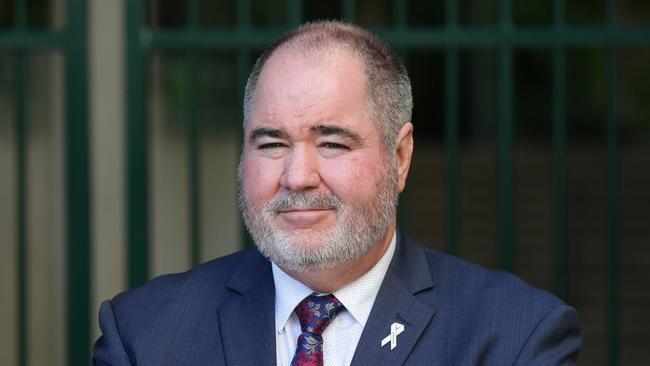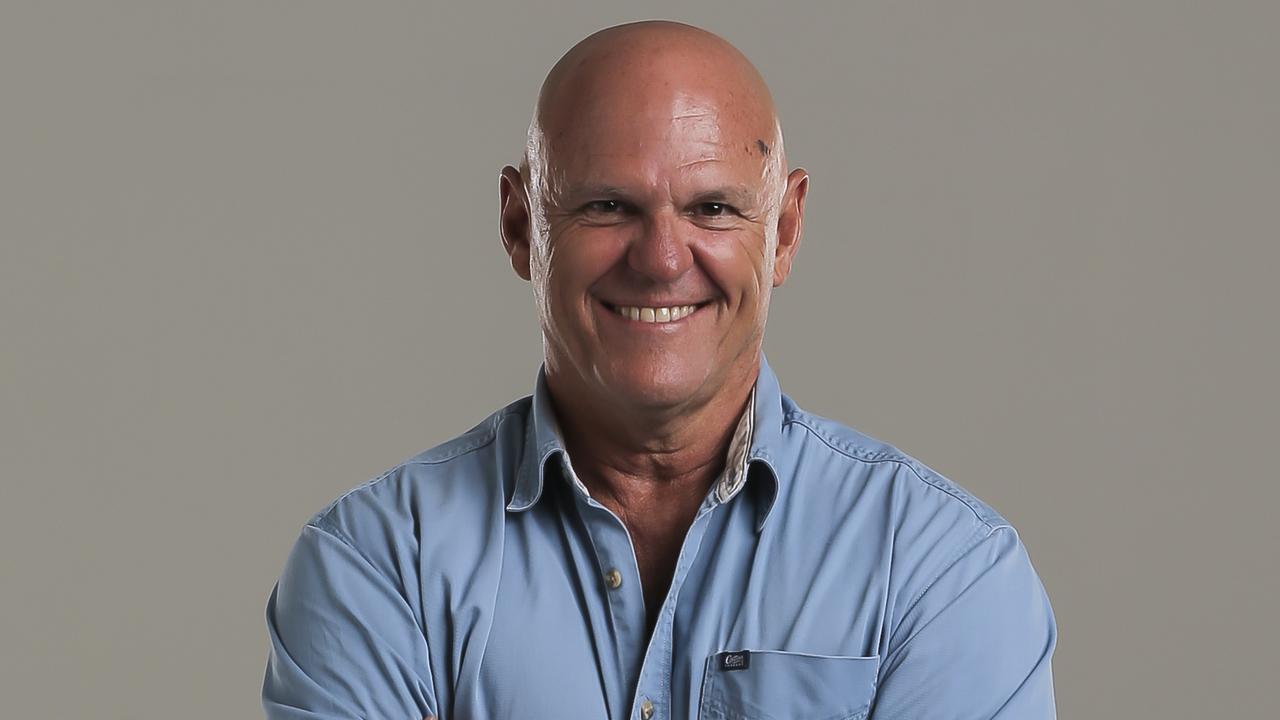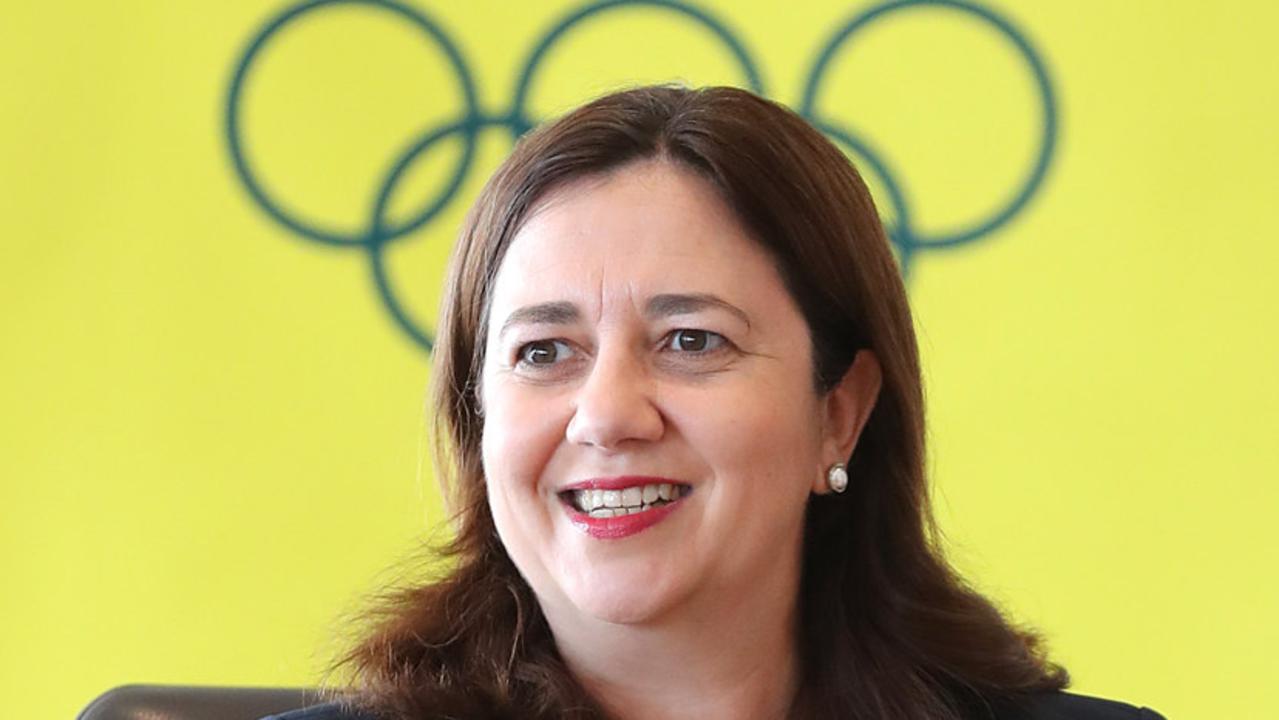Opinion: Pay deal would put teachers in a class above
Every three years, the union representing Queensland teachers fights for higher wages and better working conditions. A good deal means we can retain the best staff and give our children the best education possible, wirtes Kevin Bates.
Opinion
Don't miss out on the headlines from Opinion. Followed categories will be added to My News.
ONCE every three years, the Queensland Teachers’ Union negotiates a new set of salaries and working conditions on behalf of its 46,000 state school teacher and principal members.
Negotiations happen through the enterprise bargaining process between the QTU and our members’ employer – the Queensland Government.
The Queensland Government is responsible for ensuring that children throughout Queensland have access to well-staffed state schools.
A growing, successful state school system demands that the state education system recruits thousands of new teachers and keeps current teachers and school leaders in the job.
The increasing complexity and demands of teaching in and leading today’s schools mean that attracting and retaining educators is becoming more difficult. One in five new teachers will leave the profession within five years. Every day, school leaders struggle to replace teachers who are sick or undertaking essential professional development. Teaching positions in schools remain unfilled, putting pressure on class sizes and curriculum offerings.
A teachers’ strike has been deferred after QTU endorsed deal
Teachers to decide today whether the Palaszczuk Government’s pay deal is enough to defer walkout
Queensland teacher strike averted as State Government strikes deal with union
This is a symptom of the critical shortages of teachers – and the further you get from Brisbane, the bigger the problem.
While the worth of the teaching profession is far beyond the dollar amount we get paid, our pay is one factor that contributes to the ability to attract and retain workers. The salaries offer negotiated by the QTU with the Queensland Government will see Queensland teachers among the best paid in the country both at the beginning of their career and when they reach the maximum salary.
Before this round of negotiations, it had been 30 years since principals’ pay and classification structure had been reviewed. The current offer will ensure that principals in the largest schools will be the best paid in the country. Queensland schools are some of the largest in the country with more than 40 schools currently at or above 1600 students.
The very high salaries of principals in the private education system still vastly exceed those in state schools and that system has much smaller schools. This new salary offer for state school principals goes some way to closing the gap with their private school colleagues.
Massive workload pressures, that come from national, state, regional and school levels, are also contributing to both the rate of attrition and the declining number of new entrants to teaching.
Standardised testing, computerised record systems, data collection and data entry are constant expectations that consume significant amounts of teacher time, often with little positive impact on student learning or outcomes.

Implementing a national curriculum, while still focusing on personalised learning, plus the increased number of students in classrooms who have specific learning needs, have forever changed the role of the teacher.
Workload is different from school to school and reflects not only the complexity of 21st century teaching, but also the complexity of 21st century communities.
Last month, the Organisation for Economic Co-operation and Development (OECD) released its five-yearly international survey on teachers and teaching. It shows that, in Australia: teachers spend 78 per cent of their time on actual teaching (the rest is taken up by classroom management and administrative tasks); 27 per cent of teachers have classes with more than 10 per cent of students who do not speak English as a first language; and 29 per cent of teachers have classes with more than 10 per cent of students having special needs.
The first change in the allocation of personal preparation and correction time for primary and special school teachers in 25 years is an important first step to addressing some of the workload issues but it requires the recruitment of 500-plus additional teachers to deliver and will take time to roll out.

When a workforce is comprised of 80 per cent women, issues arising from gender employment inequities deserve significant attention. The proposed agreement with teachers and principals addresses long-standing issues that have resulted in a 10 per cent gender pay gap in the education workforce in Queensland.
These include the impact of part-time work for family responsibilities, the impact of broken service on superannuation and career progression, and the contemporary reality that either parent should be able to be recognised as the primary care giver and access paid parental leave.
Ultimately teachers and principals will decide whether the offer is acceptable through a democratic process of voting.
This enterprise bargaining outcome does important work in addressing key issues for Queensland teachers and principals, and in ensuring that Queensland schools can continue to attract and retain the great teachers and school leaders we need to staff every state school.
Kevin Bates is president of the Queensland Teachers’ Union.


